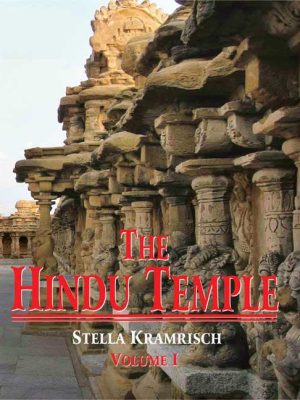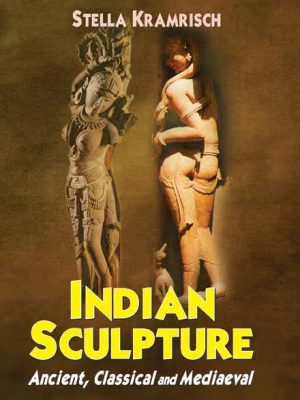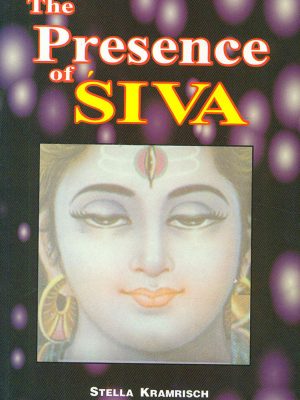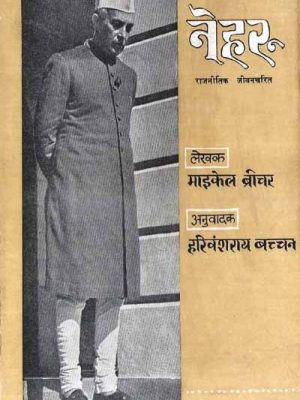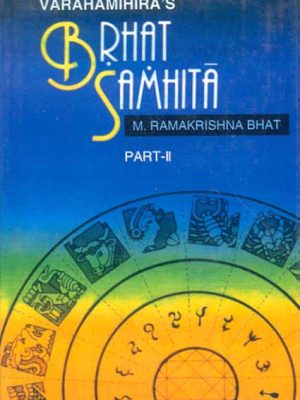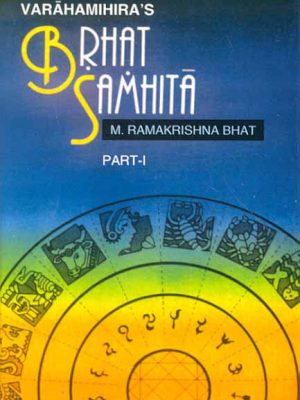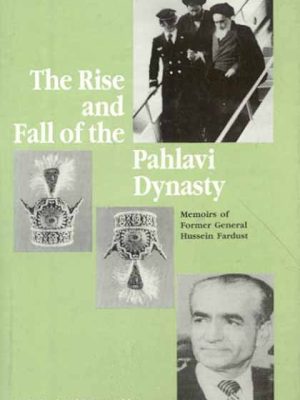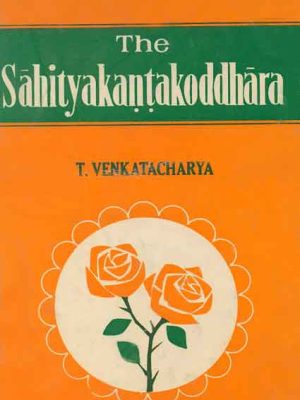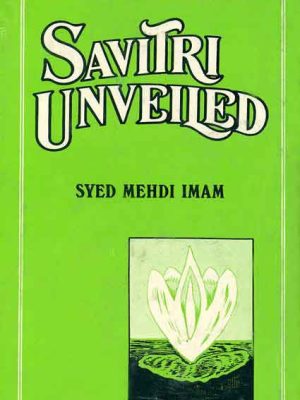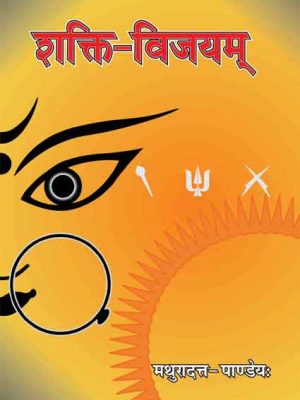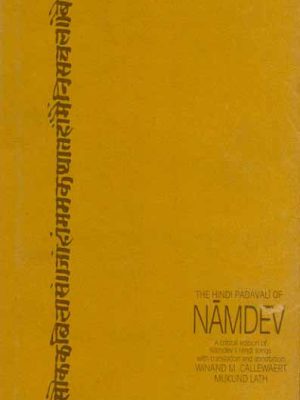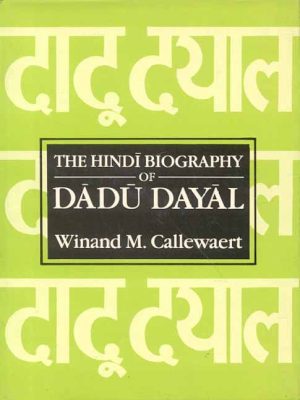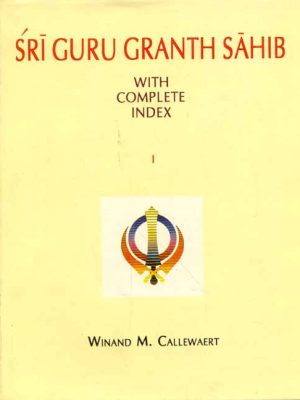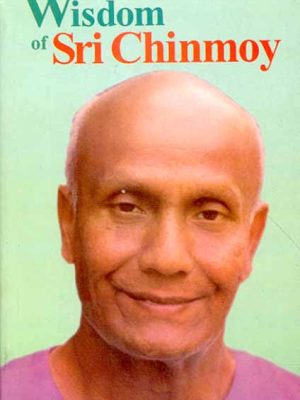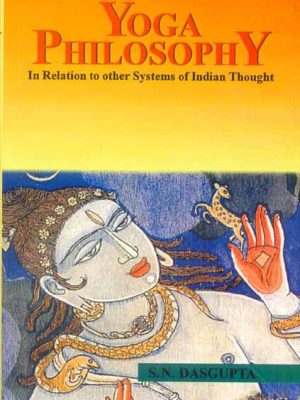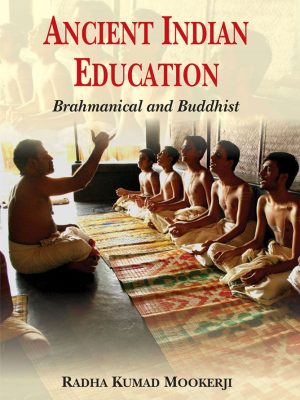Motilal Banarsidass
-
The Hindu Temple (2 Vols.)
The Hindu Temple (2 Vols.)
The Hindu Temple is the sum total of architectural rites performed on the basis of its myth. The myth covers the ground and is the plan on which the structure is raised. It explains in detail the religious and spiritual significance of the temple b4y means of copious references to Sanskrit texts„both sacred and scientific. It depicts the Hindu Temple as not merely a heap of brick, stone or wood but a visible symbol of aspirations of pious men and women, the throbbings of their hearts in religious fervor and their endeavor for the attainment of salvation. The first four parts of this volume are devoted to the philosophy of temple architecture. Part V deals with the origin and development of the temple from the Vedic fire altars to the latest forms. Part VI discusses the pyramidal and curvilinear superstructures in the main varieties of the _ikhara, the
_ikhara enmeshed in Gavaksas and the composite _ikhara. Part VII described the proportional measurements and the rhythmic disposition of the garbha-grha and the vertical section. It discusses the proportions of the Mandapa and the types of temples described in the ancient sanskrit texts like the Brhatasmhita and the Samarnganasutradhara.
This most comprehensive and authoritative treatise of ancient Indian Temple Architecture will prove of immense help to the students of ancient Indian culture.
This two-volume work explains in detail the religious and spiritual significance of the temple by means of copious references to Sanskrit texts–both sacred and scientific. It depicts the Hindu Temple as not merely a heap of brick, stone or wood but a visible symbol of aspirations of pious men and women, the throbbings of their hearts in religious fervor and their endeavor for the attainment of salvation.
The first four parts of the work are devoted to the philosophy of temple architecture. Part V deals with the origin and development of the temple from the Vedic fire altars to the latest forms. Part VI discusses the pyramidal and curvilinear superstructures in the main varieties of the Sikhara, the Sikhara enmeshed in Gavaksas and the composite Sikhara. Part VII describes the proportional measurements and the rhythmic disposition of the garbha-grha and the vertical section. It discusses the proportions of the Mandapa and the types of temples described in ancient Sanskrit texts like the Brhatsamhita and the Samaranganasutradhara.
This most comprehensive and authoritative treatise of ancient Indian Temple Architecture will prove of immense help to the students of ancient Indian culture.
Contents (Vol. 1)
PART I: The Site, Part II: The Plan, Part III: Plan and Supernal Man, Part IV: The Substances of which the temple is built, Names and Origins of the Temple, Part VI. The Superstructure, Part VII: Proportionate Measurement and Varieties of the Temple (Volume 2) Part VIII: The Images of the Temple, Explanation of Plates, Appendix, Sources, Index, Plates I-IXXX.
₹4,000.00The Hindu Temple (2 Vols.)
₹4,000.00 -
Indian Sculpture: Ancient, Classical and Mediaeval
Indian Sculpture: Ancient, Classical and Mediaeval
Anyone with an understanding of art in general and a knowledge, however slight, of Indian things, will, on being shown a work of Indian sculpture, unfailingly label it Indian. Differences in age and origin, however clearly marked to the discerning eye, when pointed out to the outsider, will be apprehended only with more or less difficulty. There is something so strong, and at the same time unique, in any Indian work of art that its ‘Indianness’ is felt first of all, and what it is, is seen only on second thought.
How this Indianness is expressed in terms of relation between line, surface, volume and other elements of visulisation is dealt with in this book. There are permanent qualities throughout the fabric of Indian sculpture which are discussed in detail. These essential qualities, all inter-related and inseparable, contain within their compass the life of Indian plastic art.
The book surveys the structure of Indian sculpture in its relevant aspects. The underlying and essential qualities are viewed in their permanency throughout the special conditions that the single monuments imply. Their outward connections, geographical and chronological, are seen to resolve themselves into ethical problems and those of the artistic process itself.
While stylistical investigations are the basis of this book, Indian sculpture is dealt with as conditioned by the Indian craftsman. His consciousness makes him known to himself as a part of nature and his work is the form of this ‘naturalism’. Its degree and aspects vary according to the levels of his consciousness.
₹800.00 -
The Presence of Siva
One of the three Great Gods of Hinduism, Siva is a living god. The most sacred and most ancient book of India, the Rg Veda, evokes his presence in its hymns. Vedic myths, ritual, and even astronomy testify to his existence from the dawn of time. In a lively meditation of Siva-based on original Sanskrit texts, many heretofore not translated-Stella Kramrisch ponders the metaphysics, ontology, and myths of Siva from the Vedas to the Puranas.
Who is Siva? the author asks. Who is this god whose being comprises and transcends everything? None of the pairs of opposites, nor the sum of his uncounted names, defines him. From the down of creation, the Wild God, whose ancient name is Rudra, is Consciousness. He is the Great Yogi, the guardian of the absolute. His actions are the themes of the myths in which his nature unfolds.
By retelling and interweaving the many myths that continue to convey Siva’s presence as a living god in India today, Professor Kramrisch unfolds the paradoxes in Siva’s nature and thus in the nature of consciousness itself. The magnificent sculptures at Elephanta, illustrated at the end of the book, capture in another medium the presence of the god.
₹1,295.00The Presence of Siva
₹1,295.00 -
-
-
The Rise and Fall of the Pahlavi Dynasty: Memoirs of Former General Husein Fardust
A country of extreme strategic importance, Iran has undergone profound, often dramatic, changes. Its geo-political importance and rich resources have always made Iran a prime target for the covetous eyes of mighty world powers. With its unique geographical position, Iran has been the main center for superpower rivalries with its rulers seeking protection from one power against the other.
It also aims at providing a comprehensive and objective consideration of the major contemporary issues, examining the factors which brought down a regime which was loyal to and an ally of the United States and the clerical-led movement which toppled the pro-Western Shah’s regime.
₹795.00 -
-
-
-
-
-
-
-
Ancient Indian Education: Brahmanical and Buddhist
This work is intended to fill up a gap in the literature on the history of Education, which has not taken adequate account of the unique contributions made by Hindu thought to both educational theory and practice. The work is divided into Two Parts. Part 1 (Chs. 1-12) deals with the concepts and practices of Brahmanical Education on the authority of Veda, Astadhyayi, Arthasastra of Kautilya, Sutra literature and Epics. It discusses the problems of Legal, Industrial and Vocational Edu
₹1,495.00
